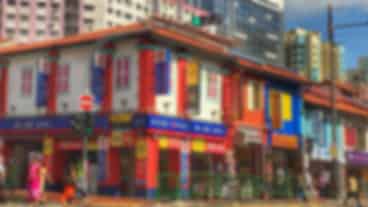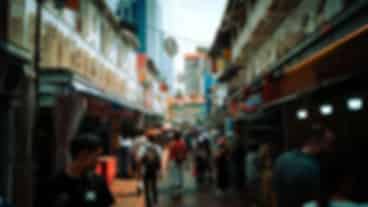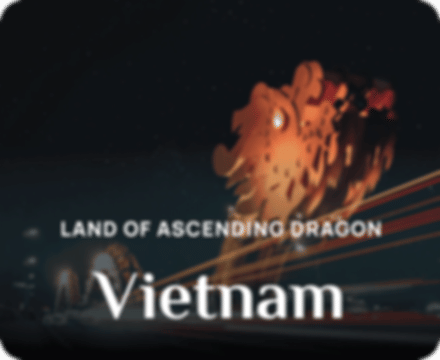Explore the Villages in Singapore That Still Preserve Old-World Charm
Author
Arya Singh
Updated Date
July 18, 2025
Read
6 minutes
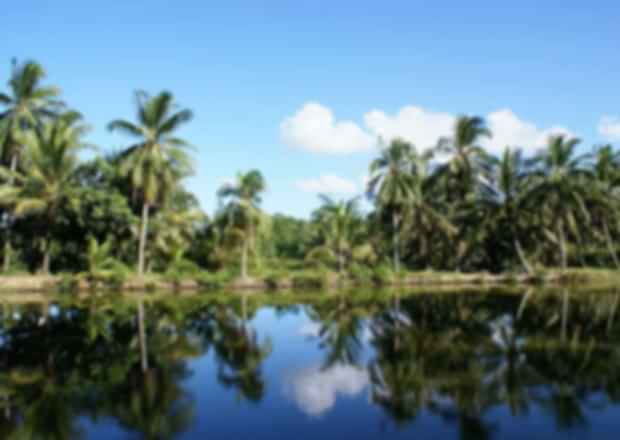
Often described as futuristic, an opulent range of glimmering skyscrapers, advanced technology, and contemporary luxuries resided within. But beyond the shiny exterior was a softer, quieter side of the island where tales reside in wooden houses, heritage shrines, and family-run stores. Travellers today seem more drawn to this side in 2025: villages in Singapore that still retain their charm from times gone by.
This guide explores eight locations that reflect the old-world spirit in Singapore, moments where culture, community, and history exist on every corner.
1. Kampong Lorong Buangkok
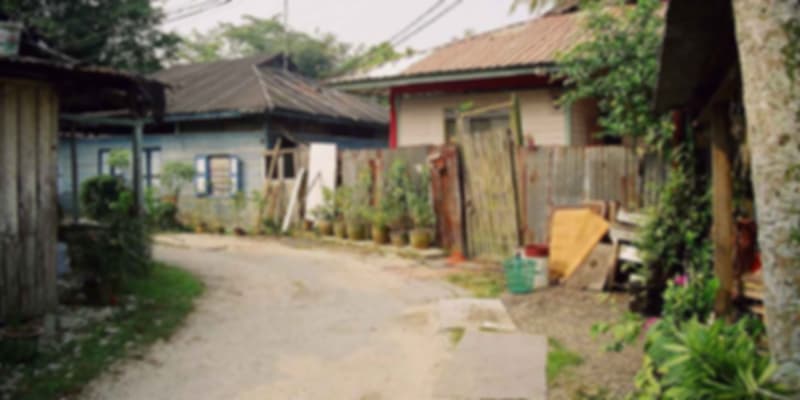
Kampong Lorong Buangkok Singapore
Down the road at Yio Chu Kang lies Kampong Lorong Buangkok, which is the last surviving traditional Malay kampong on mainland Singapore. Set up sometime in the 1950s, it has remained largely unchanged through modern development. Wooden houses built on stilts, metal-sheet roofs, gravel pathways, and banana plants form a very timeless picture.
Even with imposing urban buildings all around, this kampong has retained its identity. Some 25 families keep the display alive with a real sip of what old Singapore used to look like. The village can be traversed by visitors for a tour, together with chatting with residents willing to share their pre-high-rise life experiences. No ticket or guided tour is needed. The village is open and accessible during the day, but visitors are kindly advised to maintain respect as it is still a private residential area.
2. Pulau Ubin
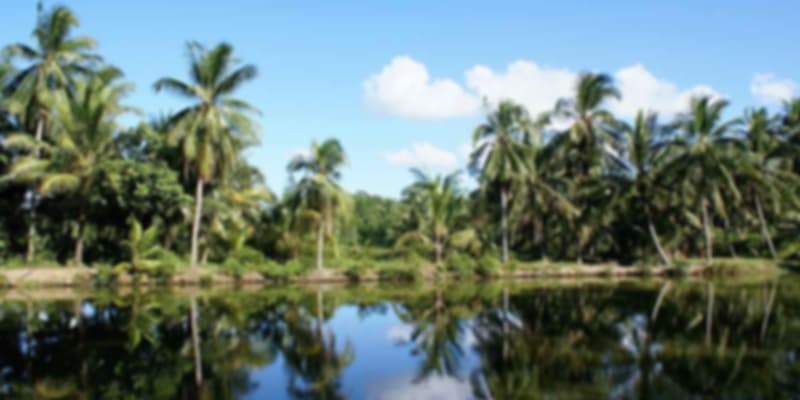
Pulau Ubin Singapore
Only a 10-minute ride in a bumboat from Changi Point Ferry Terminal, Pulau Ubin is an island where time seems to have stood still. Life on Pulau Ubin was like that of the 1960s, when there were quaint wooden houses, tiny provision shops, old temples, and forest trails.
You can cycle on dirt roads, observe wildlife in Chek Jawa Wetlands, or admire shrines built by early settlers. The island is a fantastic example of cultural preservation, which Singapore is known for. It assures tranquillity, history, and a very special sort of fun that one can hardly find on the mainland.
Best Time to Visit: Morning to early evening.
3. Geylang Serai
Located in the east of Singapore, Geylang Serai is a busy neighbourhood that epitomises Malay-Muslim heritage. It is not a kampong anymore, but still holds onto many aspects and values that define village life.
For celebrating all that Singapore is about
The Geylang Serai Market, newly refurbished, is a feast for one’s senses, scented with spices, draped with colourful textiles, and lined with stalls selling traditional Malay fare of nasi padang and kuih. Adjacent is the Malay Heritage Centre (under redevelopment with new exhibitions opening in 2025), offering interactive and multimedia installations presenting personal testimonies of Singapore’s early Malay community.
4. Chinatown
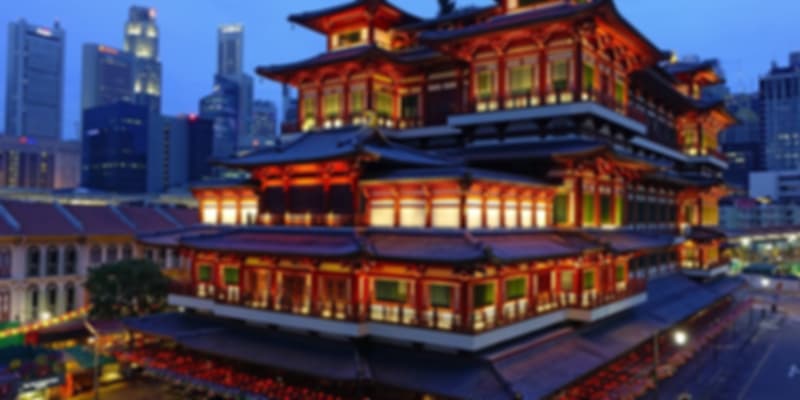
chinatown
While much of Chinatown has been turned into a tourist spot, it has remained in the heritage buildings and conserved temples. Along South Bridge Road and Ann Siang Hill, one will find century-old clan houses as well as traditional Chinese-type shophouses embodying the spirit of Singaporean culture.
The Buddha Tooth Relic Temple, Chinatown Heritage Centre, and Chinese medicinal halls stamp the memory of the practices of early Chinese migrants in Singapore. Tour walking, updated in 2025 with augmented reality, now provides an experiential engagement with its layered past.
5. Katong and Joo Chiat
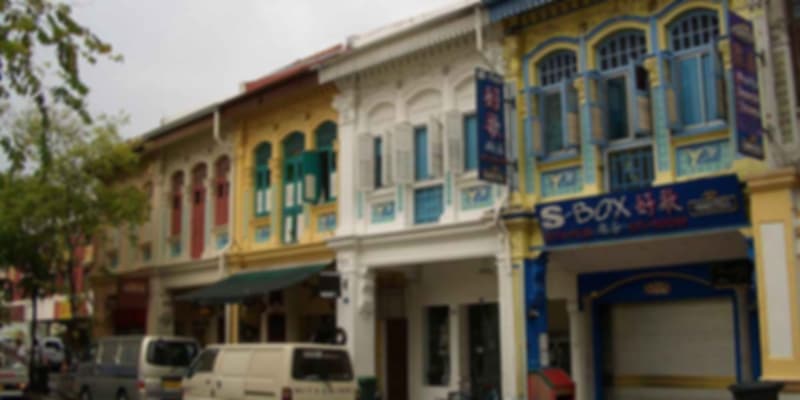
Joo Chiat Singapore
Because Katong and Joo Chiat districts carry very much of the Peranakan culture, a unique combination of Chinese, Malay, and Indonesian traditions, they abound with beauty. Pastel-coloured houses stand tall with floral tiles alongside carved wooden glass windows and elaborate designs that take the visitors back in time. Visit Intan, a private Peranakan residential museum, and browse shops for beaded slippers and kebayas. With a strong stance toward her cultural identity, Katong certainly is one of the excitingly recognised modern heritage villages in Singapore.
6. Kranji Countryside
Away from the larger city, Kranji is a land that believes in simple things, sustainability, and rural life: organic farming, hatcheries, and eco-resorts, all paying tribute to the farming tradition that once supported the island.
Bollywood Veggies is one of the most famous farms that also invites tourist visits. Heritage tours, cooking classes, and farm-to-table dining are presented there as a way of continuing local traditions while encouraging green living.
7. Telok Ayer – A Corridor of Faith and Trade
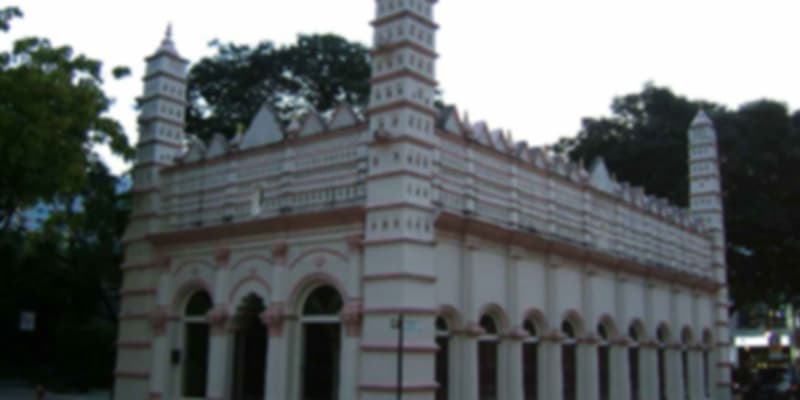
Telok Ayer Singapore
Once the shore of Singapore, early immigrants used to land on the coasts at Telok Ayer. The shoreline of that time was an avenue of worship, business, and community. Whereas skyscrapers now vault the skyline, temples and mosques in this district have been carefully preserved.
On this historic street, you can walk past the Thian Hock Keng Temple, Al-Abrar Mosque, and Nagore Dargah Indian Muslim Heritage Centre. In a compact space, it powerfully represents the religious harmony and multicultural origins of the city.
8. Bukit Brown Cemetery – Echoes of the Past
Bukit Brown is more than just a cemetery – it is a resting place for those who laid the foundations of modern Singapore. The place houses over 100,000 tombs, some featuring highly skilled carving works and inscriptions. With road-development projects carving away many graves, there remain large areas to be conserved.
The volunteers frequently conduct heritage tours to speak of the Chinese burial traditions and the legacies of those interred. Today, Bukit Brown remains one of the most meaningful historical sites Singapore has undertaken to save.
Why You Should Visit These Places
With the growth of the world economic system, Francisco Cotelo, even though the villages in Singapore were labelled for being linked to slow restitution, connection with and legacy, the presence of these spaces does not only serve sightseeing. They are actually functioning in support of cultural preservation in Singapore so that heritage remnants can be seen by locals and tourists.
Whether you want to explore the things to do in Singapore beyond its famous sites or really get down to understanding its culture, heritage pockets make for some very fulfilling experiences on the island.
So, in the future, when you are just putting together your itinerary, do allow some space to fit any of these charming spots as places to visit in Singapore. And soul, no skyscraper.
Recommended articles for you
Discover Packages


Need help in planning?
Talk to our Travel Experts









